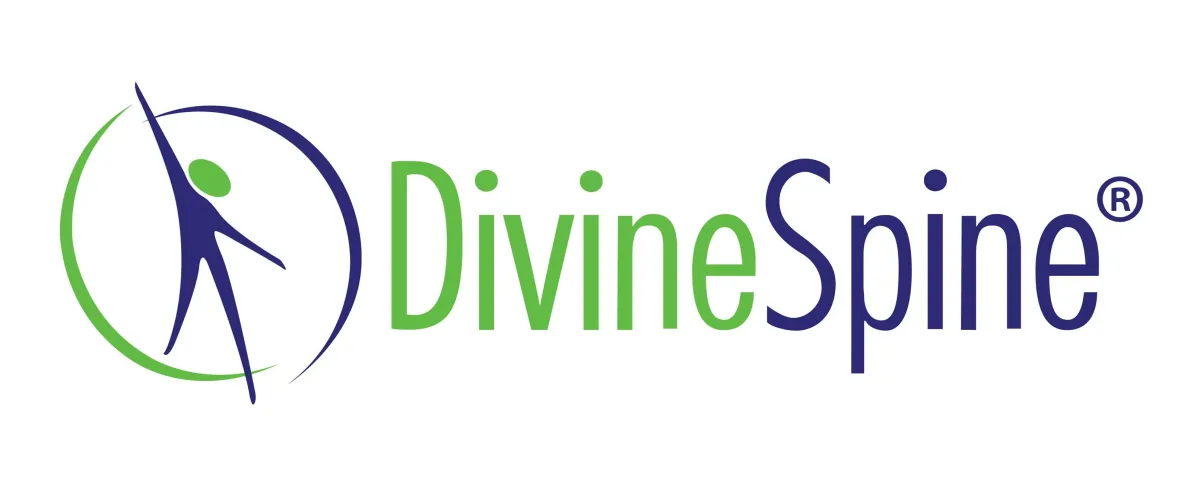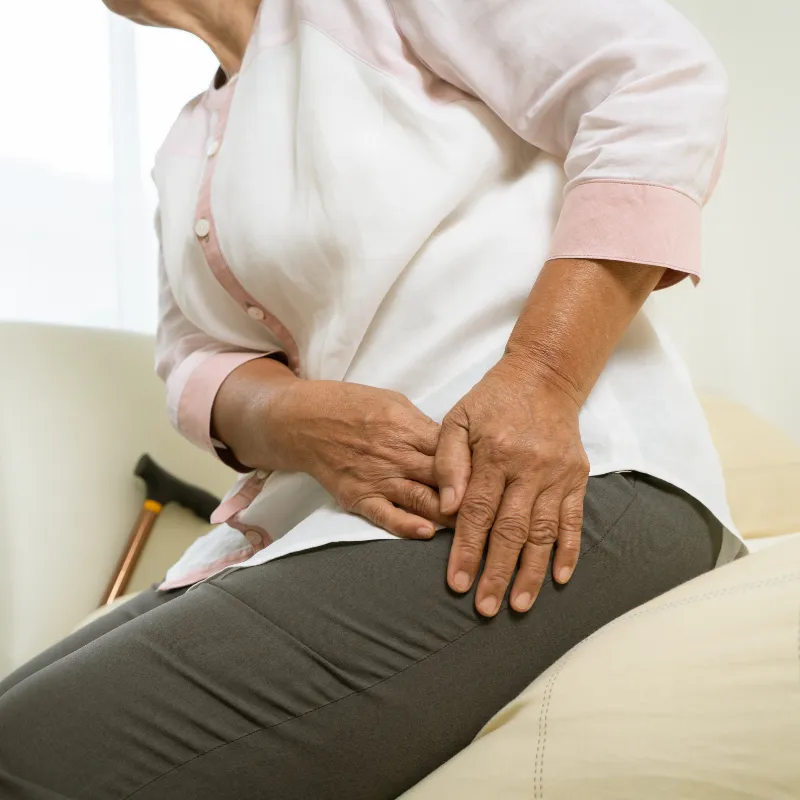
Could Hip Instability Be the Missing Link in Your Recovery?
Your 3D Posture Scan Holds the Answer

You may not realize it, but many issues—chronic back pain, knee discomfort, even foot pain—start with how your hips are aligned and stabilized.
The problem? Most people only focus on the symptoms. They address the pain but never look at why it’s happening in the first place.
That’s where we’re different.
Instead of guessing, we use advanced 3D Full-Body Posture Scan technology to analyze how your spine, hips, and lower body work together.
Because when your hips are unstable, your entire body has to compensate.
Your knees take on extra stress.
Your feet adjust to create balance, leading to improper movement patterns.
Your lower back absorbs strain it was never designed to handle.
If this instability goes unchecked, pain keeps coming back—no matter how many treatments or therapies you try.
Not All Stabilization is Created Equal
Most solutions focus on only one part of the body—correcting just the feet, adjusting just the spine, or strengthening just the legs.
We take a different approach.
Our hip stabilization system is designed based on your full-body posture scan, ensuring:
Your hips are properly aligned before any external support is added.
Your body isn’t forced into an unnatural position but instead encouraged to move the way it was meant to.
Stabilization is customized to YOUR body, instead of relying on a one-size-fits-all fix.
This is why some patients benefit greatly from hip stabilization—while others don’t need it at all.
The only way to know?
See what your 3D Posture Scan reveals.
Are You a Candidate for Hip Stabilization?
Here’s how to find out:
Submit your interest today. No commitment, just a chance to learn if this could be right for you.
Your doctor will review your scan results to determine if hip stabilization fits into your care plan.
If it’s a fit, we’ll walk you through next steps to help improve your stability, mobility, and long-term recovery.
Why Now?
Hip instability doesn’t just go away on its own. If left uncorrected, it can lead to more pain, movement restrictions, and long-term compensation patterns.
There’s a point in your care when correcting this could make a major difference—don’t miss it.
Submit your interest today. Let’s see what your scan tells us.
Important: This Is Not a Generic Fix
We don’t believe in one-size-fits-all solutions.
No cookie-cutter stabilizers. No generic supports.
This is about understanding YOUR body’s movement patterns and designing a solution based on real data—your 3D Posture Scan results.
Curious if hip instability is contributing to your pain or slowing your progress?

Could Hip Instability Be the Missing Link in Your Recovery?
Your 3D Posture Scan Holds the Answer

You may not realize it, but many issues—chronic back pain, knee discomfort, even foot pain—start with how your hips are aligned and stabilized.
The problem? Most people only focus on the symptoms. They address the pain but never look at why it’s happening in the first place.
That’s where we’re different.
Instead of guessing, we use advanced 3D Full-Body Posture Scan technology to analyze how your spine, hips, and lower body work together.
Because when your hips are unstable, your entire body has to compensate.
Your knees take on extra stress.
Your feet adjust to create balance, leading to improper movement patterns.
Your lower back absorbs strain it was never designed to handle.
If this instability goes unchecked, pain keeps coming back—no matter how many treatments or therapies you try.
Not All Stabilization is Created Equal
Most solutions focus on only one part of the body—correcting just the feet, adjusting just the spine, or strengthening just the legs.
We take a different approach.
Our hip stabilization system is designed based on your full-body posture scan, ensuring:
Your hips are properly aligned before any external support is added.
Your body isn’t forced into an unnatural position but instead encouraged to move the way it was meant to.
Stabilization is customized to YOUR body, instead of relying on a one-size-fits-all fix.
This is why some patients benefit greatly from hip stabilization—while others don’t need it at all.
The only way to know?
See what your 3D Posture Scan reveals.
Are You a Candidate for Hip Stabilization?
Here’s how to find out:
Submit your interest today. No commitment, just a chance to learn if this could be right for you.
Your doctor will review your scan results to determine if hip stabilization fits into your care plan.
If it’s a fit, we’ll walk you through next steps to help improve your stability, mobility, and long-term recovery.
Why Now?
Hip instability doesn’t just go away on its own. If left uncorrected, it can lead to more pain, movement restrictions, and long-term compensation patterns.
There’s a point in your care when correcting this could make a major difference—don’t miss it.
Submit your interest today. Let’s see what your scan tells us.
Important: This Is Not a Generic Fix
We don’t believe in one-size-fits-all solutions.
No cookie-cutter stabilizers. No generic supports.
This is about understanding YOUR body’s movement patterns and designing a solution based on real data—your 3D Posture Scan results.
Curious if hip instability is contributing to your pain or slowing your progress?